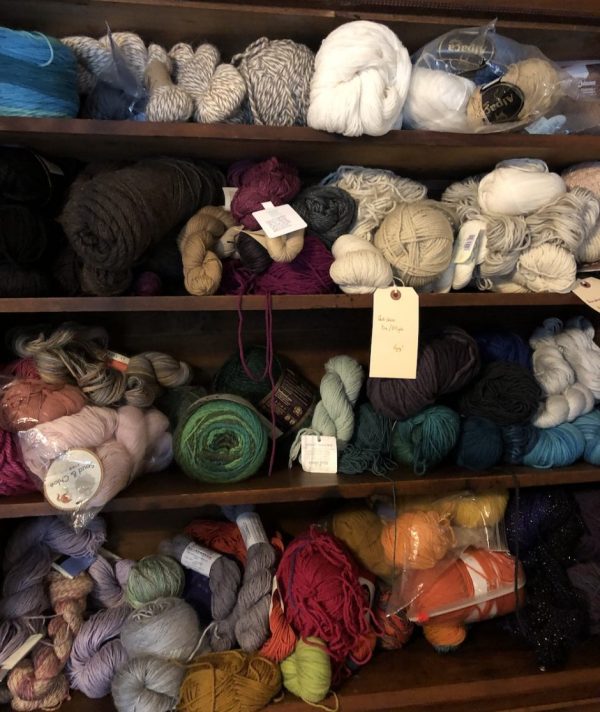
Sometimes those who are adopted are forgotten when it comes to showers to celebrate a new addition to a family. Nicole Witt, Executive Director of The Adoption Consultancy, says there are six key tips to keep in mind if you’re planning an adoption shower for a friend or family member who is adding to the family.
- Ask What Time Works Best: Some people prefer showers before the adoption, while others would like to wait. Ask the prospective parents what they want. Some will want the baby shower prior to the birth so they can enjoy what other women get to enjoy, while others will prefer to have the shower after the placement when they no longer have to worry about the adoption falling through.
- Specify Age, Gender and Size on the Party Invites: If the child was not adopted as a newborn or if the shower is taking place some time after the placement, make sure guests know the age (& sizes) of the child so they can buy appropriate clothing
- Choose an Appropriate Theme: An adoption shower should have a non-pregnancy theme, either something cultural associated with the birth mother’s life or where the baby will be/was born. You can also make it match the nursery design the parents have selected.
- Consider a Co-ed Shower: Having a co-ed shower makes it less baby-centric and more of a celebration of life and the parenting journey.
- Adult Beverages or Fancy Non-Alcoholic Drink Are a Must: Serve mimosas or another specialty/themed cocktail (with alcohol or not) so that the adoptive mom gets something special from not being pregnant.
- Games Are A Must–But Stay Away from Anything Pregnancy Related: Do a baby shower games that don’t relate to pregnancy, such as Nursery Rhyme Jeopardy or a Baby Item Scavenger Hunt.
If your shower is for a child placed through an international adoption, I love the globe themed shower at The Pleated Poppy. I think this beautiful event perfectly showcases the miracle of the adoption process. If you think about it, there’s nothing more amazing than a child traveling halfway around the world to meet his forever family.
